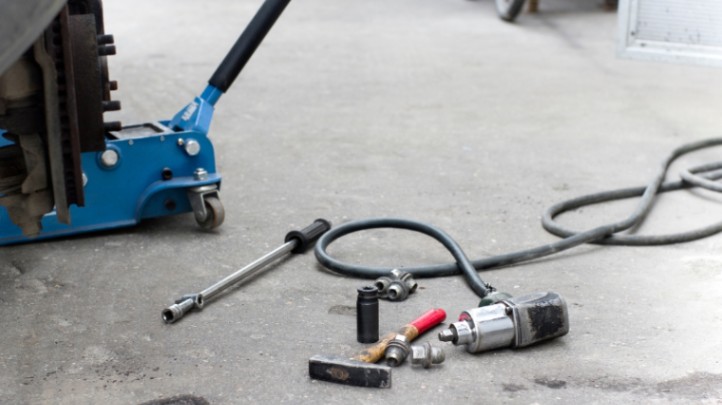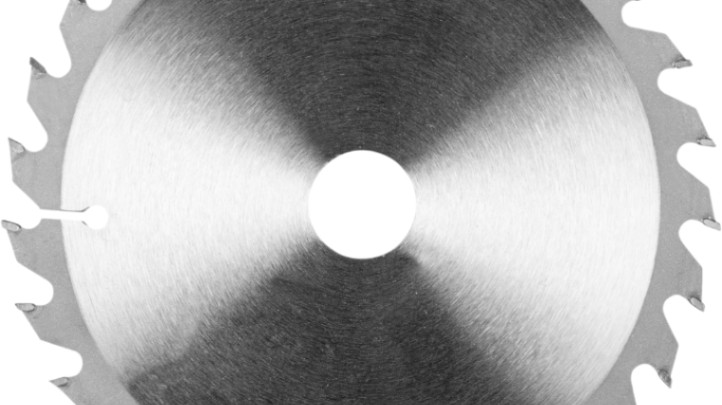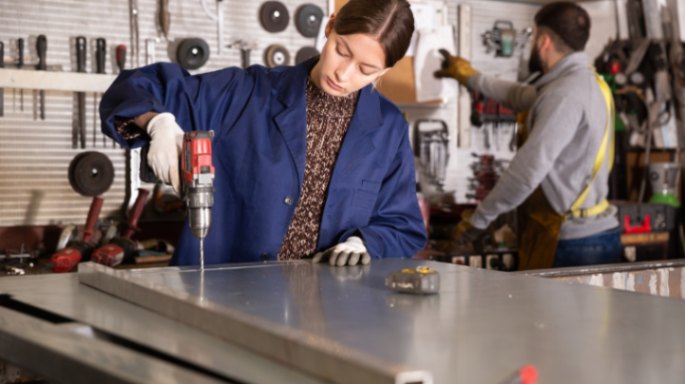Table saws are incredibly powerful tools that are essential in most woodworking projects. They can cut through various wood, plastic, and metal materials. However, with their power comes significant risks. According to a Consumer Product Safety Commission (CPSC) report, table saws are responsible for over 30,000 injuries yearly. These injuries can range from minor cuts and bruises to more severe lacerations, amputations, and even death. In this article, we will provide some essential table saw safety tips that will help reduce the risk of injury using a table saw.
Table Saw Mastery: 15 Safety Tips Every Woodworker Should Know
Wear Protective Gear
The first and most important safety tip when using a table saw is to wear proper protective gear. This includes safety glasses, earplugs, and a dust mask. Safety glasses will protect your eyes from flying debris, earplugs will protect your hearing from the loud noise produced by the saw, and a dust mask will protect you from inhaling sawdust.
Keep the Work Area Clean and Organized
A cluttered work area can increase the risk of accidents. Ensure your work area is clean and organized, and remove any unnecessary items from the table saw. This will reduce the chances of an accident occurring.
Use a Push Stick or Push Block
A push stick or push block is a handy tool that helps keep your hands away from the blade while cutting. It allows you to push the material through the saw without putting your hands close to the blade. Always use a push stick or push block when cutting small or narrow pieces of wood.
Use a Riving Knife and Blade Guard
A riving knife is a safety device that sits behind the saw blade and prevents the wood from pinching the blade. It helps reduce the risk of kickback when the blade catches the wood and throws it back toward the operator. A blade guard is a transparent shield that covers the blade and prevents accidental contact with the blade.
Never Remove the Blade Guard or Riving Knife
Many woodworkers remove the blade guard and riving knife to make cutting more comfortable and faster. However, doing this can be incredibly dangerous, increasing the risk of kickback and accidental contact with the blade. Always use the blade guard and riving knife when using a table saw.
Use Proper Techniques When Cutting
Always use proper techniques when cutting. Keep your hands and fingers away from the blade, and never reach the saw blade. Use a feather board to hold the wood against the fence and prevent it from moving during the cut. Always stand to the side of the saw blade, never directly behind it.
Use a Proper Blade for the Job
Different blades are designed for different materials and types of cuts. Always use the proper blade to ensure a clean and precise cut. Using the wrong blade can increase the risk of accidents and damage to the saw.
Never Wear Loose Clothing or Jewelry
Wearing loose clothing or jewelry using a table saw can be incredibly dangerous. It can get caught in the saw blade and cause severe injuries. Always wear fitted clothing and remove any jewelry before using the saw.
Never Leave the Saw Running Unattended
Stay on the saw running, even for a short period. Always turn off the saw and wait for the blade to come to a complete stop before leaving the saw.
Read the Manual and Follow the Manufacturer’s Recommendations
Every table saw is different, and it’s essential to read the manual and follow the manufacturer’s recommendations for safe operation. This includes proper use, maintenance, and troubleshooting. Familiarize yourself with the features and functions of your table saw and follow the instructions carefully to reduce the risk of accidents.
Keep Children and Pets Away from the Work Area
Children and pets are naturally curious and can be drawn to a table saw’s loud noise and movement. Keep them away from the work area at all times to prevent them from accidentally getting hurt.
Never Use the Saw When Tired or Under the Influence
Using a table saw requires focus and concentration. Never use the saw when you are tired, distracted, or under the influence of drugs or alcohol. This can increase the risk of accidents and injuries.
Use Proper Lighting
Proper lighting is essential when using a table saw. Ensure your work area is well-lit, and use additional lighting if necessary. This will help you see the cutting line clearly and reduce the risk of accidental contact with the blade.
Use a Stable Work Surface
A stable work surface is essential when using a table saw. Ensure your workbench or table is sturdy and level, and never use the saw on an unstable or uneven surface.
Keep Your Saw in Good Condition
Regular maintenance is essential to keep your saw in good condition and reduce the risk of accidents. Keep the blade sharp and clean, and inspect the saw for any signs of wear or damage. Replace any worn or damaged parts immediately.
In conclusion, table saws are powerful and versatile tools that can be incredibly useful for woodworking projects. However, they can also be very dangerous if not used properly. Following these safety tips can reduce the risk of injury and ensure a safe and enjoyable woodworking experience.
FAQs
- What is the most important safety tip when using a table saw?
The most crucial safety tip when using a table saw is to wear proper protective gear, including safety glasses, earplugs, and a dust mask.
- Why is it essential to keep the work area clean and organized when using a table saw?
A cluttered work area can increase the risk of accidents. Keeping the work area clean and organized reduces the chances of an accident.
- What is a riving knife, and why is it essential?
A riving knife is a safety device that sits behind the saw blade and prevents the wood from pinching the blade. It helps reduce the risk of kickback when the blade catches the wood and throws it back toward the operator.
- Can I remove the blade guard and riving knife using a table saw?
You should never remove the blade guard and riving knife when using a table saw. Doing so can be incredibly dangerous and increases the risk of kickback and accidental contact with the blade.
- Using a table saw, how can I ensure a safe and enjoyable woodworking experience?
By following the safety tips outlined in this article, including wearing protective gear, using proper techniques, and keeping the saw in good condition, you can ensure a safe and enjoyable woodworking experience.





